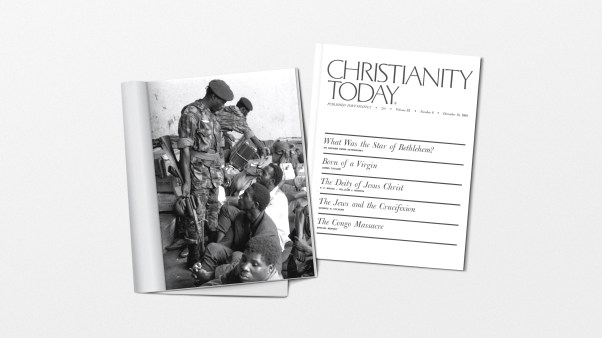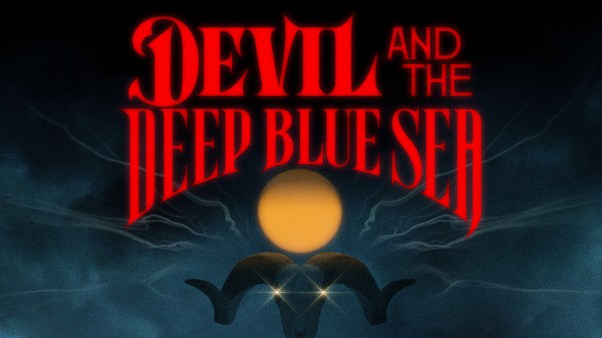Graveyards are not everyone’s favorite haunt. And, I must say at the outset, I don’t spend the bulk of my time in them. Yet ever since visiting Melrose Abbey and Greyfriars Kirk during my student days in Scotland, I’ve been fascinated with tombstones and their inscriptions.
Part of my interest has to do with the stories tombstones tell about the times, whether of events that transpired or of social history. One cannot help being impressed by the depth of Christian conviction that some of the inscriptions express, by the moralistic admonitions that some give, and by the simple tomfoolery that appears at times as well. A tombstone is often the last attempt of a person to make a statement, and they are frequently, for that reason, quite revealing.
What interests me most about tombstones and their inscriptions, however, is what they unintentionally say about the people who wrote them. I have two favorites. The first is from a churchyard in a small village north of Zurich, Switzerland, where I was looking for branches of my own family tree. The Swiss have a habit of burying their dead within parish churchyards in neat, tidy rows according to date of death and not necessarily in family plots. In this particular graveyard is a rather recent grave of a 34-year-old lady with only one word on its headstone: Warum? (“Why?”). Four graves beyond this lady, with the date of death being given as eight months later, is the grave of a 74-year-old man with the following answer on its headstone: Mitt Gott ist keine Warum! (“With God there is no questioning ‘Why’!”). One can only wonder what these two people were like, the circumstances of their deaths, and the debate that went on within the community regarding them.
Resurrection Luck?
My second favorite epitaph comes from the largest of the burial complexes chisled out of the base of Mount Carmel at Beit She’arim in southwest Galilee, Israel, where a number of the famous rabbis of talmudic lore and their families were buried. Many of the chambers and sarcophagi of Catacomb 20 are impressive, with much to be learned about the social and religious history of the Jews in this region during the second, third, and fourth centuries A.D. Inscribed in graffitilike fashion on each side of the entrance to one of the chambers, however, is a most revealing two-part Greek inscription. On the left side it reads: “Be Comforted, Holy Fathers; No One is Immortal.” On the right side: “Good Luck in Your Resurrection.” One may argue theoretically about the relation of immortality and resurrection in Jewish thought. But here is an expression right from the heart that pretty well captures the thinking of the people of that day.
What always overwhelms me, however, in viewing tombstones and their inscriptions, are humankind’s varied attempts to attain immortality. We all want to be remembered by posterity, and so our last endeavor is often to erect a stone monument to ourselves with an inscription that preserves something of the essence of our being. Or, perhaps, we try to accomplish the same end by founding a self-perpetuating institution, building a classic edifice, painting the ultimate masterpiece, or writing some memorable piece of poetry or prose. But monuments become defaced, institutions and edifices are soon altered, and most artistic and literary works have only a limited life span.
Memorials are best written in people. And somewhat paradoxically, the truly lasting memorials come when we do things for others’ best interests and not our own. Inscriptions, buildings, and great works of art leave a valuable testimony, but it is by what we have helped to build into the lives of our children, our students, our parishioners, our neighbors, and our friends that we will be remembered in days to come. This, I am sure, is the primary lesson I have learned from tromping around graveyards. It is, however, a lesson easily forgotten—one that needs constant repetition.
So I find myself often revisiting graveyards. Perhaps we’ll meet sometime.










